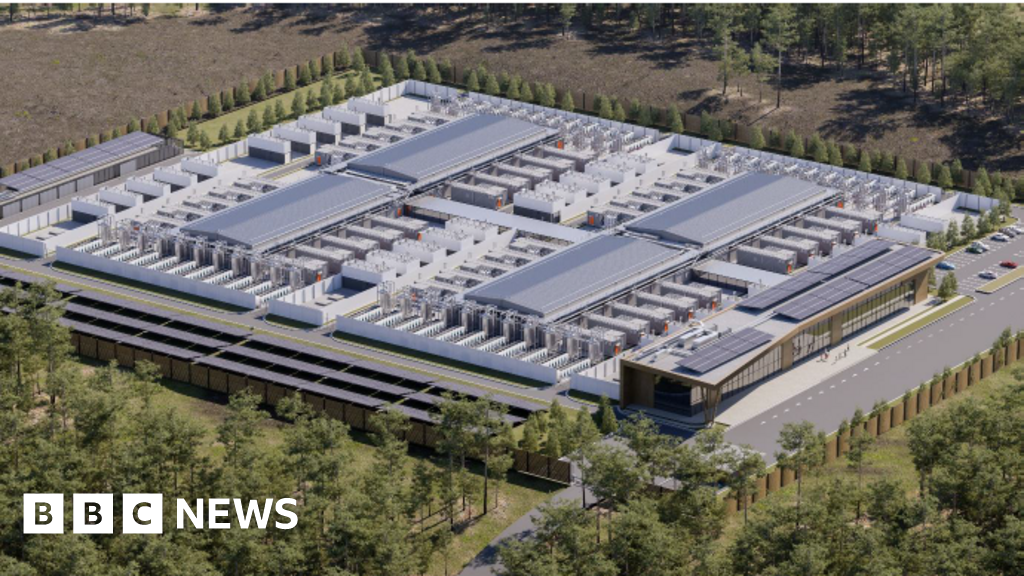
These are not the household names that were in the headlines earlier this week, as Google, Nvidia and Microsoft outlined their British investment plans. But as with AI Pathfinder with its plans for Ayrshire, the AI revolution brings new tech companies.
So what’s going on? Well, Artificial Intelligence is in the early stages of an anticipated revolution in the economy.
On this evidence, the UK is seen as a good place to base a lot of its infrastructure. It has technical skills, some of those at Scottish universities, a safe political environment, and it puts at least some of the data out of the reach of future US or EU regulation. UK ministers insist there are few strings attached to the US investments this week.
The processing of so much data requires enormous investment, and in turn, data centres require enormous amounts of energy. That has driven the push for more nuclear power developments south of the border.
While the UK government and trade unions want the Scottish government to lift its block on new nuclear power, Scotland’s contribution to this sector could be from wind power.
Indeed, there’s a case for placing data centres close to Scotland’s future offshore wind farms, both because the air is cooler than in the south, so less energy is needed to keep processors from overheating, and because it would reduce the need for expensive and unpopular grid connections to get that wind power to customers in England, Wales and beyond.
However, there are other factors that determine where data centres are located. Users of that data want superfast response times, for instance for high-frequency financial trading in London. For them, proximity makes a difference, even if it’s measured in fractions of a second.



